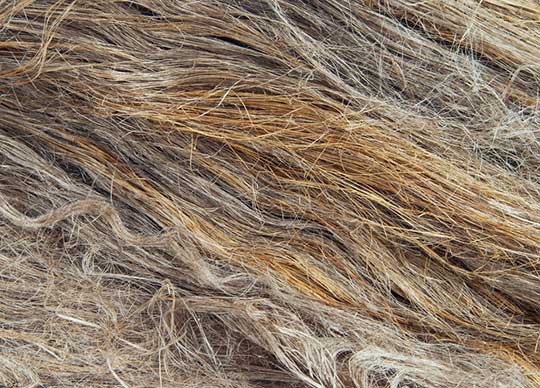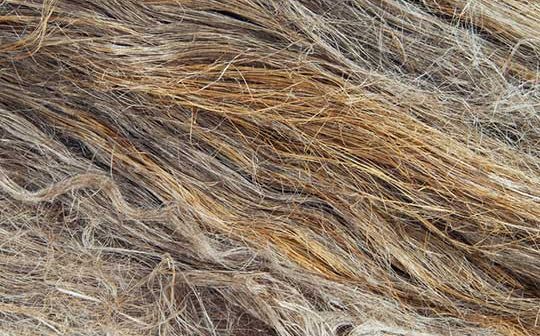
LANXESS has introduced a new product in the Tepex range of continuous-fibre-reinforced thermoplastic composites.
“We have combined fabrics made from natural flax fibres with bio-based polylactic acid as a matrix material and thereby developed a composite manufactured entirely from natural resources. We are now able to produce it to a level of quality suitable for large-scale production,” explains Dr. Stefan Seidel, head of Tepex research and development at LANXESS.
Flax fibres have a significantly lower density than glass fibres. The composites made with these fibres are thus noticeably lighter in weight than their glass-fibre-reinforced counterparts.
The flax fibres are used in the form of continuous-fibre reinforced fabrics. This enables the biocomposites to demonstrate the outstanding mechanical performance typical of Tepex, which is based chiefly on the continuous fibres arranged in particular directions.
The weight-specific stiffness of the biocomposite is comparable to that of the equivalent glass-fibre-reinforced material variants.
Designing the composite components to suit the expected loads enables most of the force to be transferred via the continuous fibres. According to Seidel, “This ensures that the high strength and stiffness characteristic of fibre-reinforced plastics are achieved.”
When coupled with transparent matrix plastics such as polylactic acid, the reinforcing flax fabric yields surfaces with a brown natural carbon-fibre look.
“This appearance highlights the natural origin of the fibres and the entire composite and creates added visual appeal in sporting goods, for example,” explains Seidel.
In addition to sports equipment, the new biocomposite could be used in cars, such as for manufacturing interior parts, or in electronics for the production of such things as housing components.
Like the variants of Tepex based solely on fossil raw materials, the new biocomposites can be completely recycled as purely thermoplastic systems as part of closed-loop material cycles.
“Offcuts and production waste can be regranulated and easily injection-molded or extruded, either alone or mixed with unreinforced or short-fibre reinforced compound new materials,” says Seidel.






